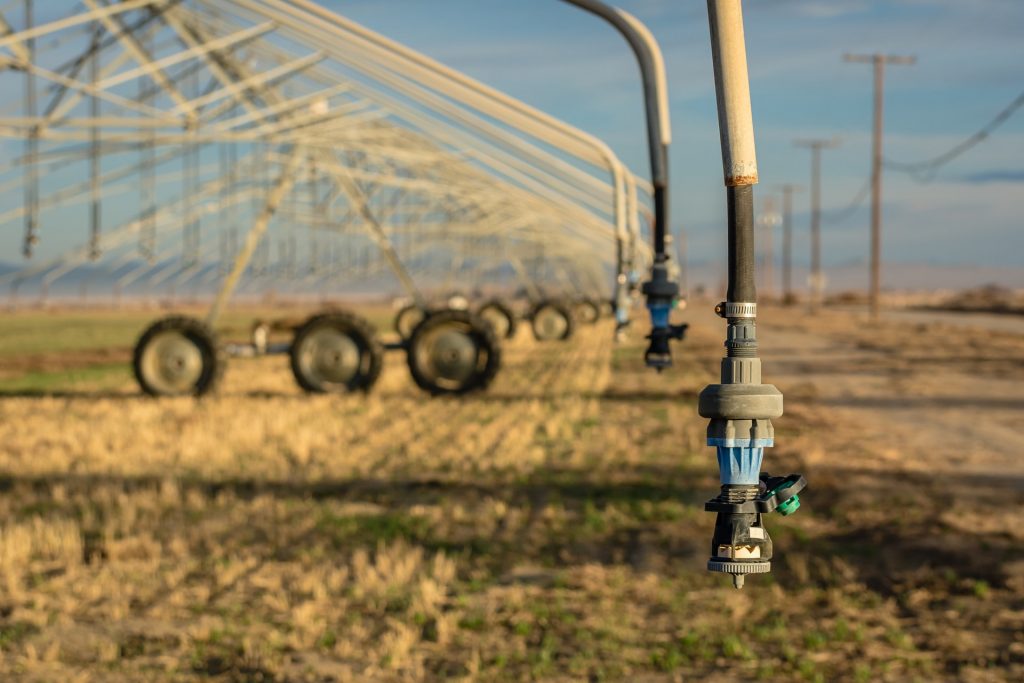 According to the U.S. Drought Monitor (USDM), nearly 55% of the American West and 75% of the Pacific Northwest are currently experiencing drought conditions. Climate experts predict that the drought conditions will be even worse this summer than they were the last two years. As a result, Central Oregon may see wildfires as early as May.
According to the U.S. Drought Monitor (USDM), nearly 55% of the American West and 75% of the Pacific Northwest are currently experiencing drought conditions. Climate experts predict that the drought conditions will be even worse this summer than they were the last two years. As a result, Central Oregon may see wildfires as early as May.
Extreme dryness is a normal part of the yearly climate cycle, but losses from drought may equal those of hurricanes and tornadoes. Drought affects all sectors, including agriculture, water supply, energy production, and public health.
The USDM uses a variety of numerical inputs to determine the location and severity of drought nationwide. The inputs include the Palmer Drought Severity Index, the Standardized Precipitation Index, the Keech-Byram Drought Index, and the Surface Water Supply index, among others. The Monitor does not forecast drought; instead, it assesses drought conditions on a weekly basis.
Multiple federal organizations in the United States control drought policy. The National Integrated Drought Information System of the National Oceanic and Atmospheric Administration monitors drought conditions, both the U.S. Geological Survey and NASA collect and distribute data, the Environmental Protection Agency (EPA) measures water quality, and the United States Department of Agriculture handles drought response efforts.
Eric Wise of the Northwest Interagency Coordination Center says that he and his team “are concerned that things will get started early again this year and then just persist.”
Britt Parker of the National Integrated Drought Information System explains that “many of those areas impacted most by drought would need 150 to 200% or more of normal precipitation over the next two months to ameliorate drought conditions,” but this is unlikely, as the impacts of the drought become stronger with every passing year. In fact, as Oregon State University climatologist Larry O’Neill explains, Oregon experienced its third driest period on record since 1895 in the period between October 2019 and September 2021.
O’Neill says that “this year, we’re actually starting off drier than we did at this point last year, and so right now we’re very worried about this region in Oregon.”
Additionally, nearly all reservoirs in the state are significantly lower than they were this time last year; some have dropped by as much as a third. This could have major consequences for farmers and ranchers.
Park Williams, a climate hydrologist at UCLA who recently conducted a study about the record-breaking severity of the current megadrought, used a common method for determining whether extreme weather is the result of climate change: he created a hypothetical world with no warming caused by people and compared it to what is happening right now. Williams determined that 42% of the megadrought conditions are the direct result of human-caused climate change. Without the consequences of human behavior, Williams estimates the drought would have ended before 2006.
Williams says that this megadrought will end, eventually, once we see a few rainy years. But megadroughts themselves will persist and only get worse so long as the planet continues to warm.
By Grace Miller
Do you have a story for The Advocate? Email editor@corvallisadvocate.com

